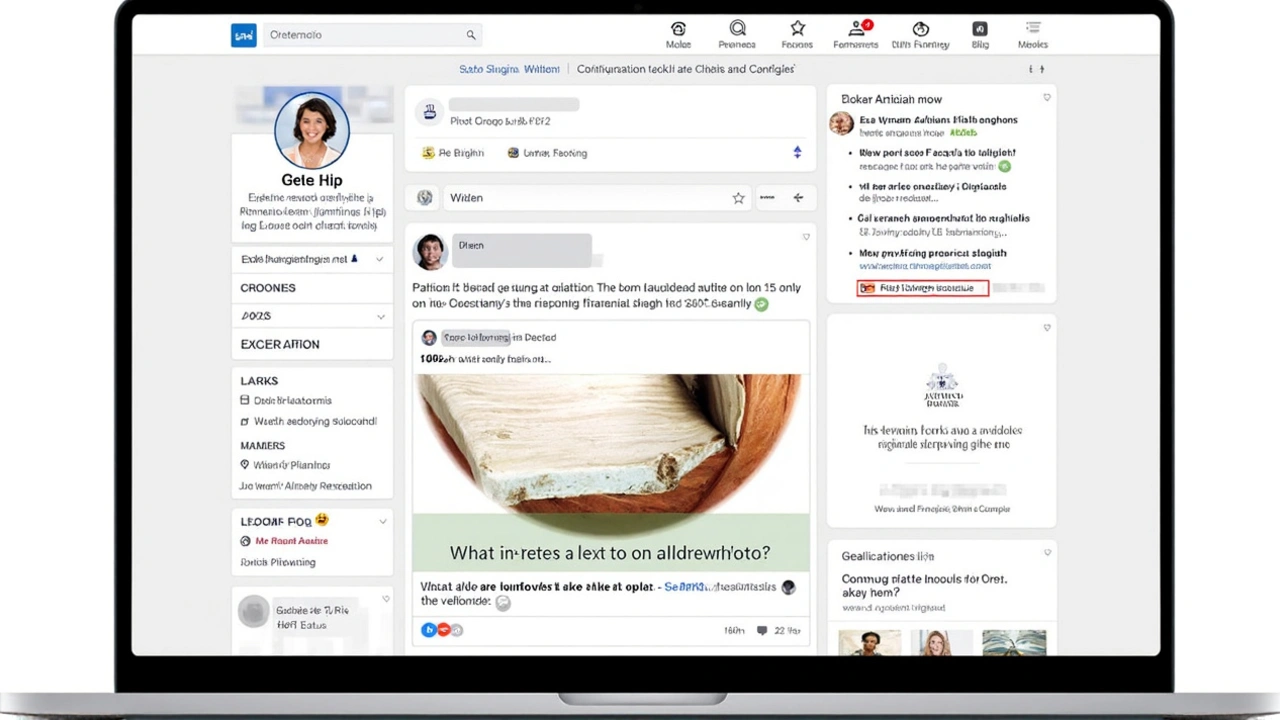Social Media Reporting: Practical Guide for Journalists
Social media reporting means using posts, videos, and messages from platforms as news sources. It’s fast and powerful, but raw social content can be wrong or dangerous. If you report from social platforms without a clear process, you risk spreading false info or harming people. This guide gives simple, practical steps you can use right now.
Verify before you publish
First rule: don’t trust a post at face value. Start with the account. Check how long it’s been active, who follows it, and other posts. Reposted videos or screenshots often lose context—find the original. Use a reverse image search (Google Images or TinEye) to see where an image first appeared. For videos, run the clip through InVID or Amnesty’s YouTube DataViewer to extract key frames and search for older versions.
Match visible landmarks, signs, or license plates to map tools like Google Earth or Street View to geolocate content. Look at shadows and weather cues to estimate time of day. Cross-check details with local sources: a local reporter, a trusted eyewitness on the ground, or official statements. If multiple independent sources confirm the same fact, your confidence rises.
Practical workflow and tools
Use a simple workflow: monitor, save, verify, attribute, archive. Monitor with TweetDeck, CrowdTangle, or native platform searches. Save screenshots and direct links immediately—posts can disappear. Verify using InVID, Google reverse image, TinEye, and metadata viewers. Reach out to the uploader for context and permission when possible. Attribute clearly: say where the content came from and what you confirmed.
Archive evidence with the Wayback Machine, Perma.cc, or screenshot tools. If a source asks for anonymity, strip identifying details and store proof securely. For WhatsApp and Telegram content—common in many African news stories—try to trace the first public share and verify with local contacts. Remember that forwarded content often loses context, so track the chain of sharing where you can.
Keep safety and ethics front and center. Ask if publishing a graphic video risks harming victims or inciting violence. Avoid amplifying propaganda or unverified allegations. Get consent before using private messages or private images. If you can’t verify a claim quickly, label it clearly as unverified and explain what you did to check it.
Finally, expect mistakes and correct them fast. A clear correction builds trust more than ignoring an error. Build relationships with local fixers, fact-checking groups, and legal advisers so you can verify faster and stay on the right side of the law. Follow this process and you’ll turn noisy social posts into reliable, responsible reporting.
Want more tips and tools? Follow the "social media reporting" tag for updates, case studies, and quick verification checklists tailored to African newsrooms.
Citizen Journalism: Changing How the World Gets Its News
Citizen journalism lets everyday people report the news, often through smartphones and social media, playing a big role in events like the Arab Spring and Black Lives Matter. While it brings fresh perspectives and raw storytelling, there's ongoing debate about its reliability and editorial standards.
